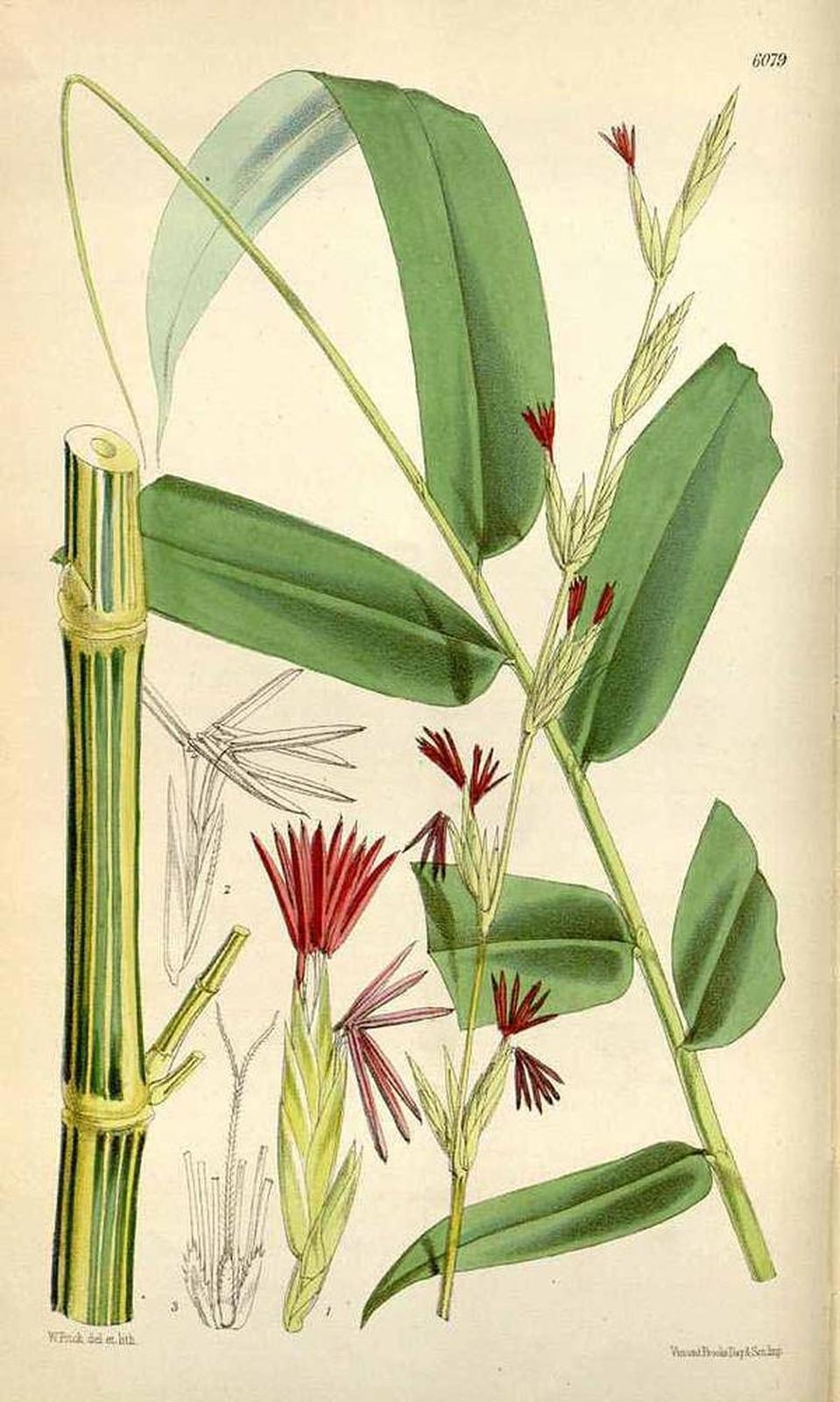Bambuseae (tribu)
PoaceaeEl 15 de noviembre de 1521, la expedición se encontraba inmersa en el mar de las Molucas, explorando las "Islas de las Especias". En esa fecha cuenta Pigafetta cómo frente de Tidore hay una isla muy grande, llamada Giailolo, la actual Jailolo o Halmahera, habitada por moros y gentiles, con un rajá que vive al interior de la isla que es muy rico en oro. En estas tierras observa Pigafetta cómo crecen entre las rocas cañas tan gruesas como la pierna de un hombre, llenas de cierta agua excelente para beber que fueron compradas por los expedicionarios.
Pigafetta parece estar refiriéndose en esta descripción de estas cañas, al culmo leñoso característico del bambú, plantas que comprenden un amplio número de especies y que pueblan las regiones tropicales del planeta. Por su alta resistencia y flexibilidad, sirve de material de construcción para muchas culturas de estos climas, incluidas las que encontraron los expedicionarios; no deja de resultar sorprendente, sin embargo, que este "acero vegetal" tenga la misma estructura genética de una hierba o pasto. Su rápido crecimiento hace que muchas especies de bambú alcancen un gran porte, llegando a formar auténticos bosques.Procedencia
Oriental/AsiáticoCalendario
Hábitat
Morfología
Tipo
 Planta
Planta
 Planta
Planta
Porte
 Mata
Mata
h: 2 a 15m
r: 0,10
 Mata
Mata
Hoja
 Simple
Simple
 Simple
Simple
Lámina
 Lanceolada
Lanceolada
 Lanceolada
Lanceolada
Disposición
 Alterna
Alterna
 Alterna
Alterna
Margen
 Entero
Entero
 Entero
Entero
Base y peciolo
 Oblicua
Oblicua
 Oblicua
Oblicua
Base y peciolo
 Cordada
Cordada
 Cordada
Cordada
Ápice
 Acuminado
Acuminado
 Acuminado
Acuminado
Ápice
 Agudo
Agudo
 Agudo
Agudo
Follaje
 Perenne
Perenne
 Perenne
Perenne

 Powered by
Powered by